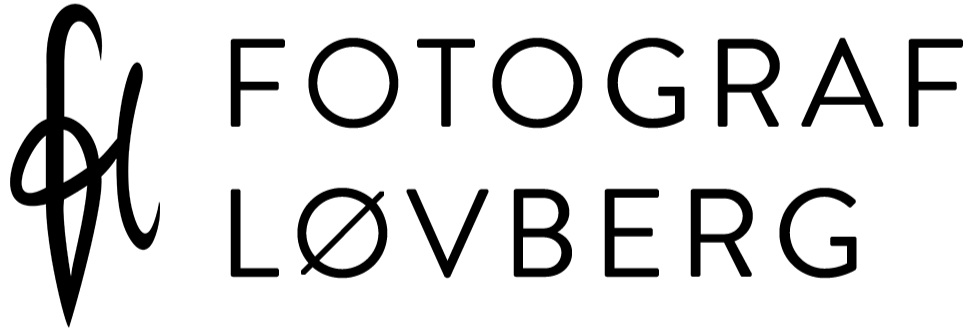One of the definitions of a photograph is a two-dimensional rendering of a motif using light-sensitive components that can store image information. Roland Barthes claimed that a picture is a track of a single event belonging to the past. A trace of reality, which has the potential to communicate underlying truths and opinions about events (Barthes, 2000). A photograph represents a reflection of the physical presence of the subject in front of the camera. An image can confirm that what we see existed and was seen by the photographer. The photograph though is rarely an accurate depiction of the subject photographed.
Photography is a synthesis of observation processes, choice of a particular time, pruning, perspectives and processes in physics and chemistry (Barthes, 2000). It is not the subject itself that forms a picture but the synthesis of several factors. Therefore we can not exclude the photographer from the event that is reflected in a photograph. Presence of the photographer is not physically reflected on the image itself (except for the self-portrait), but in the photographer's choice of perspective, lighting, and all technical and aesthetic details that affect the result.
From the pragmatic point of view, photography will document the truth about the subject, because it complements its function in a practical context. Thus, the very essence of the photographic process and the fact that it will also capture and save moments for future viewers makes images accurate in a logical sense. Photograph carries a sense of truth concerning the referenced event and gives a feeling as safe as a memory. It is an attempt to reproduce an event and fulfil Utopian dream of the truth. The audience interprets a photograph based on the sense of sight and memory and creates a model of reality, which is influenced by the viewer's individual physical, cultural and social conditions.
Truth, according to the correspondence theory, is the consistency between what we see and what we know about the subject. However, how can we determine if what we see in the picture corresponds with reality if we have not participated in the photographic event? On the one hand, photography always correlates with reality because of the very nature of the media, on the other hand, it is the photographer who controls what we know about the subject when we look at the picture.
Truth in photography not necessarily documents the accuracy of the motif but the truth about a photographic event. An event that reflects technical and aesthetic factors that existed at the moment the event occurred, as well as the intentions and perceptions of the photographer. The only thing we can with certainty say is truth, in any given photo, is the meeting between the photographer and the subject.
